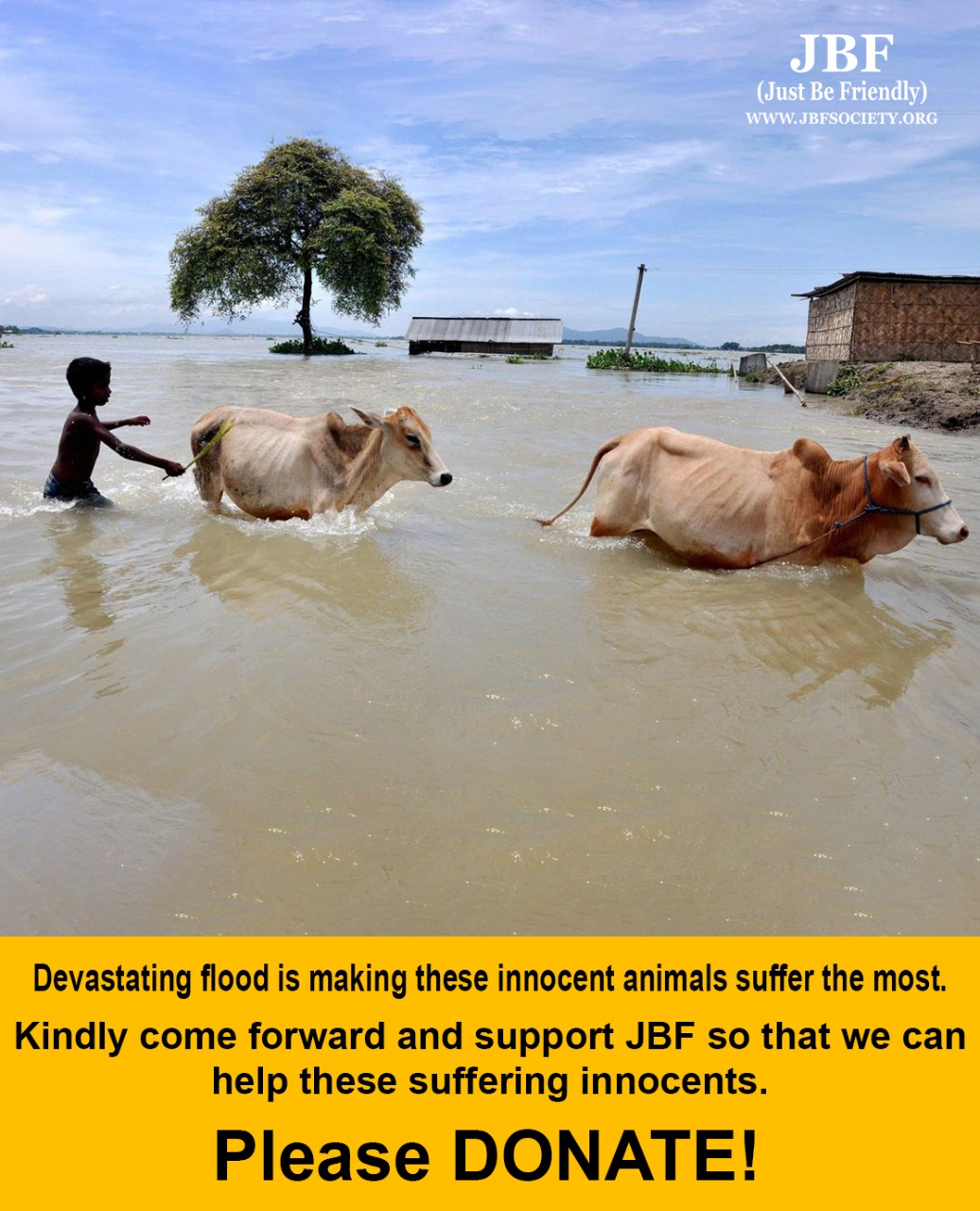The Devastating Effects Of Flooding On Livestock And Their Welfare

Table of Contents
Immediate Physical Impacts of Flooding on Livestock
Flooding poses an immediate and severe threat to livestock, leading to a range of physical impacts that can be fatal or cause long-term suffering.
Drowning and Hypothermia
The most immediate danger is drowning. Young, weak, or injured animals are particularly vulnerable. The cold temperatures of floodwaters also contribute significantly to hypothermia.
-
Vulnerable Species:
- Sheep are highly susceptible to hypothermia due to their relatively small size and thick fleece, which becomes waterlogged.
- Calves and lambs are especially at risk of drowning due to their inability to swim effectively.
- Pigs are also highly vulnerable as they struggle in water and can easily succumb to drowning or hypothermia.
-
Physiological Impact: Prolonged exposure to cold water leads to a rapid drop in body temperature, causing shivering, lethargy, and ultimately, organ failure.
Injuries and Trauma
The force of floodwaters can cause significant physical injuries to livestock. Animals can be swept away, colliding with debris and suffering broken bones, lacerations, and internal injuries.
-
Types of Injuries:
- Fractures (legs, ribs)
- Lacerations and abrasions
- Internal bleeding
- Eye injuries from debris
-
Impact on Welfare: These injuries not only cause immediate pain and suffering but also hinder recovery and can lead to long-term disabilities.
Disease Transmission and Parasite Infestation
Contaminated floodwaters significantly increase the risk of infectious diseases and parasite infestations.
-
Common Diseases and Parasites:
- Leptospirosis (a bacterial infection)
- Footrot (a bacterial infection affecting hooves)
- Various intestinal parasites
-
Preventative Measures: Prompt vaccination against diseases like leptospirosis and good hygiene practices are crucial in mitigating the risk of infection after flooding.
Long-Term Health Consequences of Flood Exposure
The effects of flooding on livestock extend far beyond the immediate physical impacts, leading to a range of long-term health issues.
Chronic Diseases and Reduced Productivity
The stress of flood exposure weakens the immune system, making animals more susceptible to chronic diseases. This, in turn, leads to reduced productivity.
-
Long-Term Health Issues:
- Respiratory problems (pneumonia)
- Digestive problems (diarrhea)
- Reproductive problems (infertility, reduced milk production)
-
Economic Implications: Reduced milk yield, slower weight gain, and lower fertility rates translate to significant economic losses for farmers.
Psychological Impacts and Behavioral Changes
Flooding is a traumatic experience for livestock, leading to significant psychological stress and behavioral changes.
-
Behavioral Changes:
- Increased aggression
- Anxiety and fear
- Reluctance to feed
- Changes in social interaction
-
Impact on Management: These behavioral changes can make it difficult to manage and handle animals, further compounding the challenges faced by farmers.
Economic and Social Impacts on Farmers
The devastation caused by flooding extends beyond the immediate loss of livestock; it has far-reaching economic and social consequences for farmers.
Loss of Livestock and Infrastructure
The death of livestock represents a direct and significant financial loss for farmers. Damage to barns, fences, and pastures further exacerbates the economic burden.
-
Economic Losses: The cost of replacing lost animals, repairing infrastructure, and treating injured animals can be substantial, potentially leading to bankruptcy.
-
Impact on Livelihoods: Flooding threatens farmers' livelihoods and food security, especially in areas where livestock farming is a primary source of income.
Disruption of Supply Chains and Market Fluctuations
Floods disrupt the entire livestock supply chain, impacting transportation, processing, and distribution, leading to price volatility.
-
Supply Chain Disruptions: Transportation of livestock and livestock products can be severely hampered, leading to shortages and price hikes.
-
Market Instability: The sudden decrease in supply can cause significant market fluctuations, impacting both farmers and consumers.
Conclusion
The devastating effects of flooding on livestock and their welfare are multifaceted and far-reaching. From immediate physical injuries and drowning to long-term health problems and economic hardship for farmers, the consequences are severe and long-lasting. The impact on animal welfare is undeniable, and the economic repercussions can be crippling for farming communities. It is crucial to prioritize preparedness and implement effective mitigation strategies to reduce the devastating impacts of flooding on livestock and their welfare. Learn more about flood preparedness for livestock and support initiatives focused on improving livestock resilience to extreme weather events by visiting [insert link to relevant resources]. Protecting our livestock is crucial not only for their welfare but also for the stability of our food systems and the livelihoods of those who depend on them.

Featured Posts
-
 Why Is My Ps 5 Stuttering Troubleshooting Common Gaming Issues
May 07, 2025
Why Is My Ps 5 Stuttering Troubleshooting Common Gaming Issues
May 07, 2025 -
 Open Ai And Chat Gpt Facing Ftc Investigation For Potential Privacy Violations
May 07, 2025
Open Ai And Chat Gpt Facing Ftc Investigation For Potential Privacy Violations
May 07, 2025 -
 The Impact Of Celebrity Participation On Who Wants To Be A Millionaire Ratings And Viewership Analysis
May 07, 2025
The Impact Of Celebrity Participation On Who Wants To Be A Millionaire Ratings And Viewership Analysis
May 07, 2025 -
 Wnba Draft Order A Complete Guide To How Its Determined
May 07, 2025
Wnba Draft Order A Complete Guide To How Its Determined
May 07, 2025 -
 Unexpected Cameo Oscar Winner In Latest White Lotus Episode
May 07, 2025
Unexpected Cameo Oscar Winner In Latest White Lotus Episode
May 07, 2025
